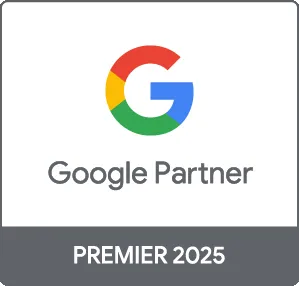Google AdWords (now known as Google Ads) is an essential tool for businesses looking to increase their online presence and drive targeted traffic to their websites. With Google Ads, you can create ads that appear in search results and across the Google Display Network, connecting you with potential customers actively seeking your products or services. This guide will provide an overview of how to effectively use Google Ads for your website, enabling you to maximize your return on investment (ROI).
Understanding Google Ads
Google Ads uses a pay-per-click (PPC) model, meaning you pay each time someone clicks on your ad. This allows you to allocate your advertising budget effectively and only pay for actual visits to your website. With Google Ads, businesses can:
- Target Specific Audiences: Use demographics, interests, and geographic locations to reach your ideal customer.
- Utilize Keyword Targeting: Select keywords relevant to your business that trigger your ads in search results.
- Track Performance: Monitor metrics like click-through rates (CTR), conversion rates, and overall ROI to refine your strategy.
Setting Up Your Google Ads Campaign
Getting started with Google Ads involves several steps:
- Create a Google Ads Account: Sign up for a Google Ads account and set up your billing information.
- Select Your Campaign Goal: Choose from options like brand awareness, lead generation, or sales to align your ads with your business objectives.
- Choose Your Targeting Options: Refine your audience by selecting demographic information and geographic locations.
- Set Your Budget: Decide on a daily budget to control your spending while allowing for flexibility based on performance.
Crafting Effective Ad Copy
Your ad copy plays a crucial role in attracting clicks. Here are some tips for writing compelling ads:
- Use Relevant Keywords: Incorporate keywords from your targeting strategy into your ad text.
- Write Engaging Headlines: Capture attention with a strong headline that encourages viewers to click.
- Include a Clear Call-to-Action (CTA): Encourage users to take the next step, whether it’s visiting your website, signing up for a newsletter, or making a purchase.
Monitoring and Optimizing Performance
Once your campaign is live, regularly monitor its performance:
- Use Analytics: Track important metrics within Google Ads and Google Analytics to see how users interact with your website after clicking your ads.
- Adjust Targeting: Tweak your targeting options based on performance to reach the most relevant audiences.
- A/B Testing: Test different ad copies, headlines, and keywords to identify what resonates best with your audience.
Conclusion
Google Ads is a powerful tool for driving qualified traffic to your website and maximizing your ROI. By understanding how to set up effective campaigns, craft engaging ads, and monitor performance closely, businesses can achieve significant growth. At Prebo Digital, we specialize in Google Ads management tailored to your unique business needs. Contact us to learn more about how we can help you leverage Google Ads for your website!





